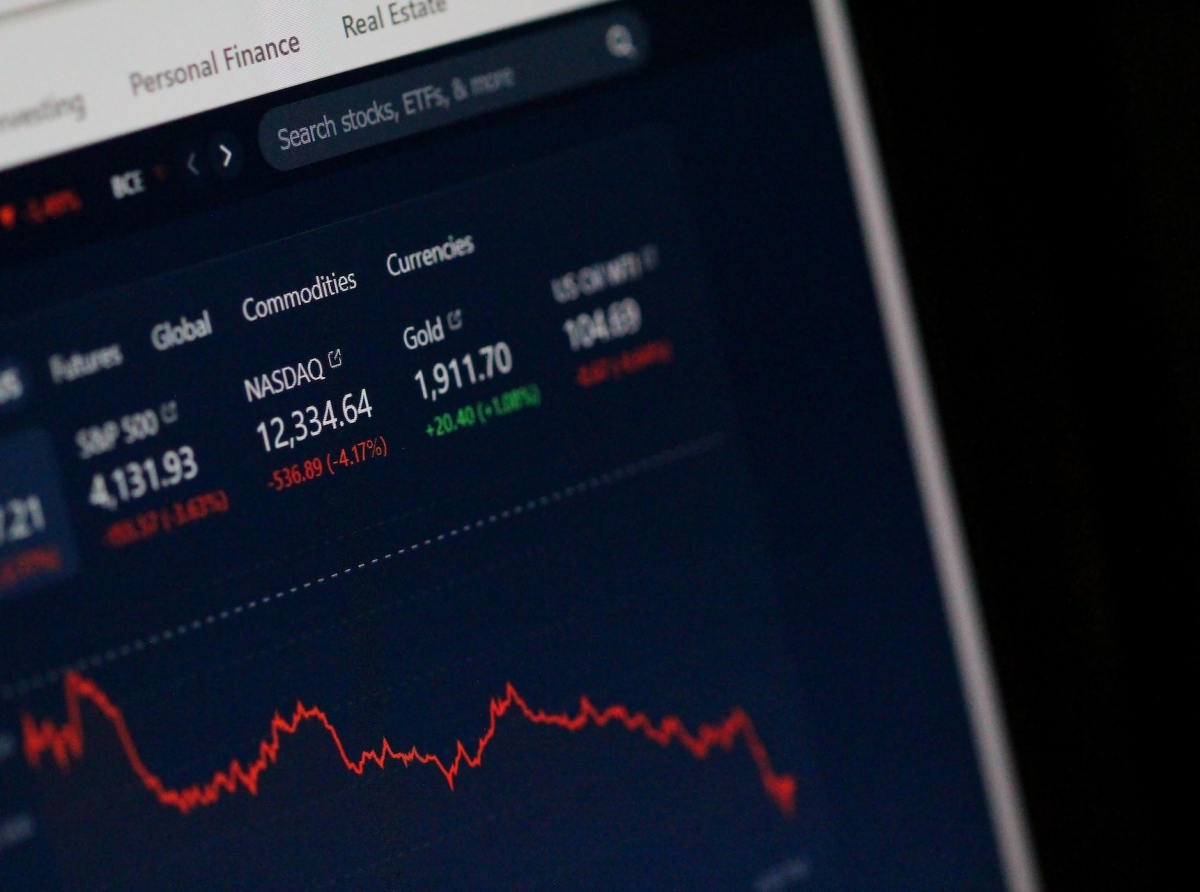Uncovering the Impact on Your Trades
Imagine stepping into a lively auction, ready to seize that perfect vintage painting you’ve been eyeing. As you raise your paddle, you’re met with a sudden burst of bidding activity, driving the price well beyond your intended offer. This, in essence, is the concept of slippage in options trading – a phenomenon that can significantly impact your trading outcomes.

Image: admiralmarkets.com
Defining Slippage
In the realm of options trading, slippage refers to the difference between the expected price of a transaction and the actual price executed. Simply put, it’s the gap between the price you intended to trade at and the price your order is ultimately filled at. Slippage can occur both in the stock market and the options market, but it’s particularly relevant in options trading due to the inherent volatility and fast-moving nature of options prices.
Understanding the Causes
Slippage can arise from various factors, including:
- High market volatility: Intense market fluctuations can lead to rapid price movements, making it difficult for your order to be executed at the intended price.
- Low liquidity: When the market for a particular option is thin, there may not be enough trading volume to fill your order at your desired price.
- Execution speed: The speed at which your trading platform can send and execute your orders can impact slippage. Slow order execution can result in you missing out on your target price.
- Broker algorithms: Some brokers may use algorithms that focus on minimizing slippage for their clients, while others may prioritize faster execution even if it means higher slippage.
The Emotional and Financial Toll
Slippage can have a profound emotional and financial impact on options traders. Emotional setbacks can arise from the frustration and disappointment of missed trading opportunities or unexpected losses due to unfavorable execution prices. Financially, slippage can reduce the profitability of your trades by eating into your intended profit margin.

Image: moneyofforex.blogspot.com
Mitigating Slippage
While slippage is an inherent aspect of options trading, there are measures you can take to minimize its impact:
- Trade during market hours: Avoid placing orders during volatile periods or when markets are closed, as liquidity tends to be lower and slippage higher.
- Target highly liquid options: Choose options with higher trading volumes to ensure a more efficient and accurate execution process.
- Use limit orders: Limit orders specify the maximum or minimum price you’re willing to pay for an option, helping you control slippage to some extent.
- Choose reliable brokers: Opt for brokers with reputable execution speeds and algorithms that prioritize minimizing slippage.
Embracing Slippage as Part of the Game
It’s important to recognize that slippage is an intrinsic part of options trading. By acknowledging it and taking proactive steps to mitigate its effects, you can develop a more realistic and resilient trading mindset. Remember, slippage isn’t a sign of failure but rather an opportunity to fine-tune your trading strategies and improve your execution process.
What Is Slippage In Options Trading

Image: fx24.news
Conclusion
Slippage plays a crucial role in the world of options trading. Understanding its causes and consequences can empower you to make informed trading decisions. By employing the mitigation strategies outlined above, you can minimize the impact of slippage and pave the way for more profitable and emotionally fulfilling trading experiences. Embrace slippage as a part of the trading game and let it serve as a catalyst for continuous improvement and success.






